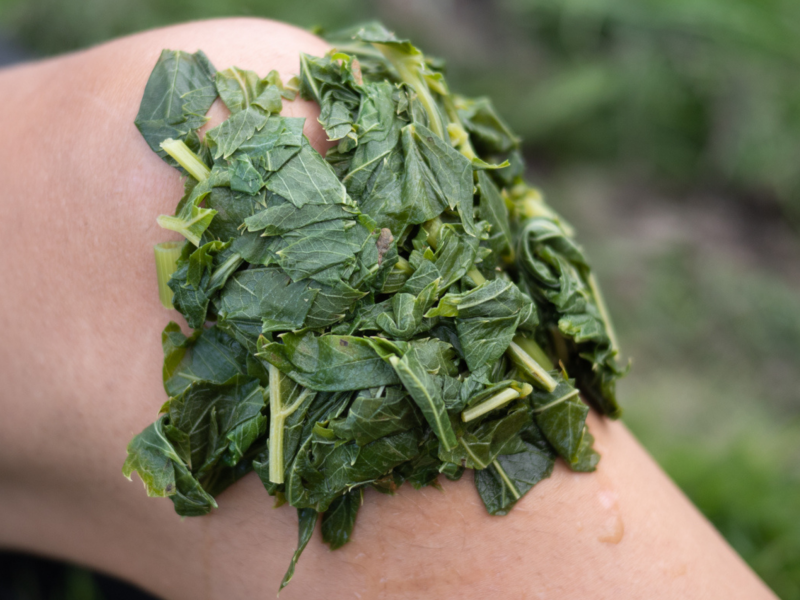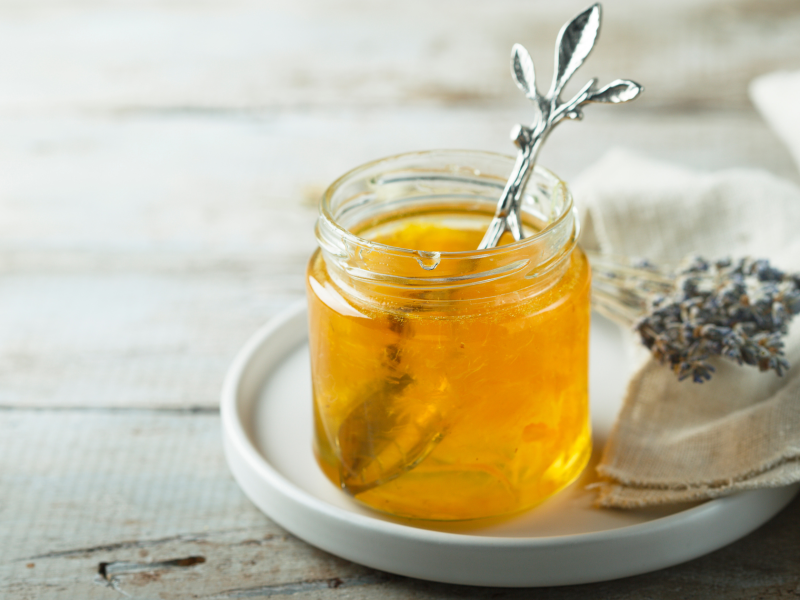Description
A plant with a long history of use; considered a ‘cure-all’ herb in medieval Europe and used mainly as a bitter tonic by herbalists today.
It is believed the name of this plant came from its popularity with Benedictine monks, who cultivated it in their monasteries believing it to cure all manner of illnesses, including the bubonic plague. Some claim its history is much older and that is was used in pagan rituals for protection and spiritual purification.
Blessed thistle originated in the Mediterranean but spread to many other parts of the world long ago. It is a relatively easy plant to grow and will thrive in full sunshine and well-drained soils. Like many thistles, it has a reputation for being invasive; this seems a little unfair as unlike most thistles the seeds do not blow away in the wind and will only spread out of control as a result of total neglect! So grow it unneglectfully, harvest the aerial parts when they come into flower or collect the seeds when the flower heads turn brown.


















Reviews
There are no reviews yet.